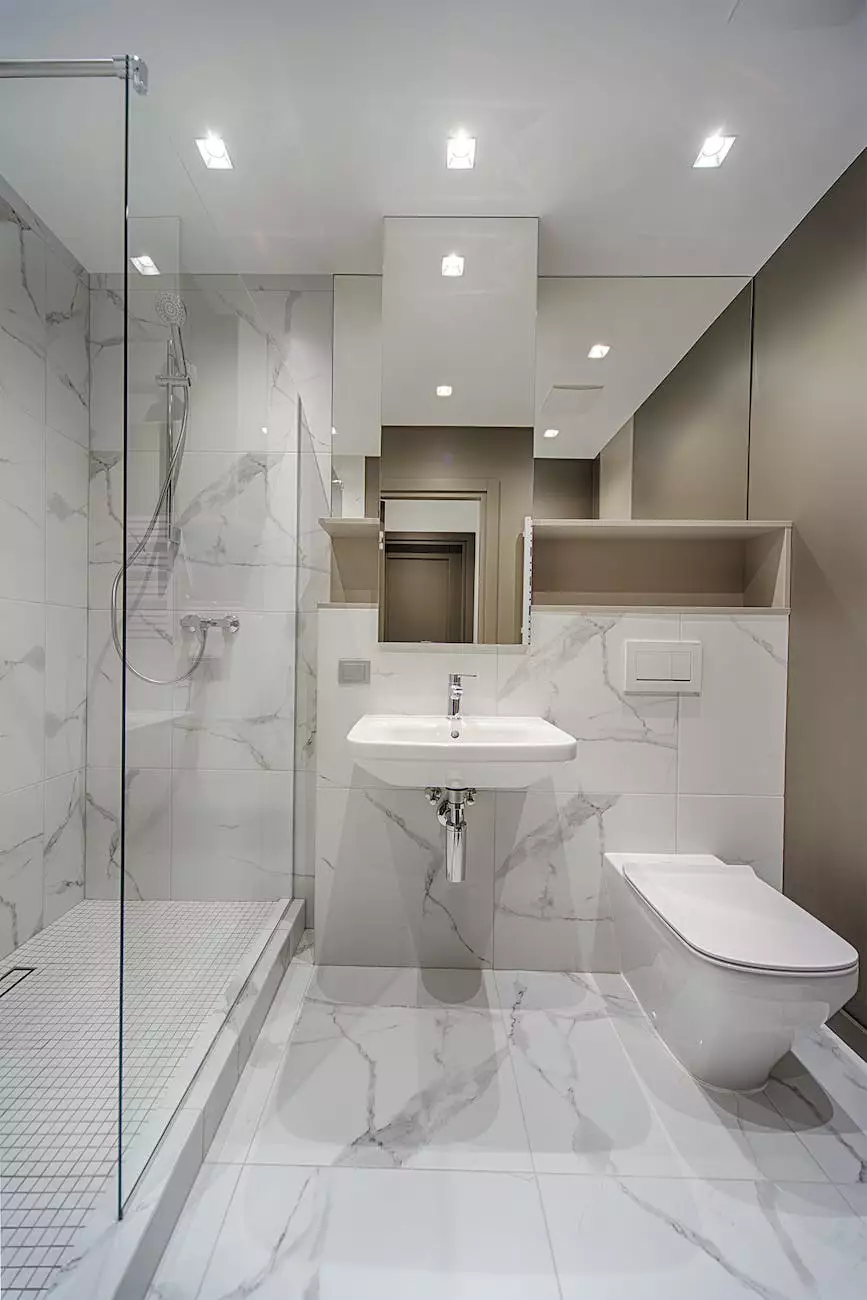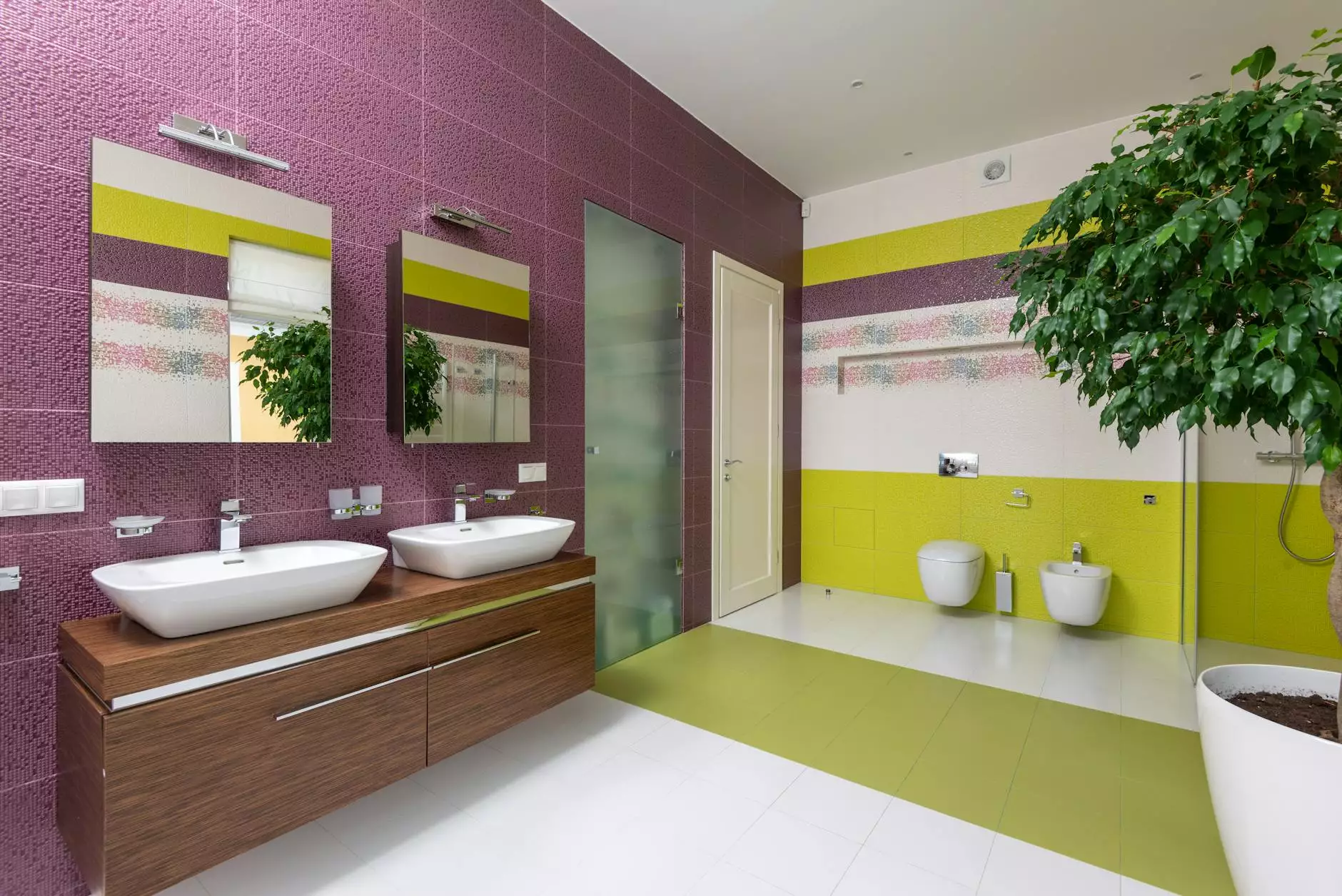Reset A Toilet Flange If Adding Ceramic Tile
Electrical & Plumbing Services
Introduction
Welcome to Piedmont Pressure Seal, your trusted source for all your toilet repair needs. In this guide, we will walk you through the process of resetting a toilet flange when adding ceramic tile. By following these steps, you can ensure a stable and secure installation to protect your bathroom flooring.
Why Resetting a Toilet Flange is Important
When adding ceramic tile to your bathroom, the floor height typically increases. This may cause the toilet flange, which holds the toilet in place and connects it to the sewer pipe, to sit too low. A properly installed toilet flange ensures a watertight seal and prevents leaks or wobbling, providing a long-lasting and functional bathroom.
Materials Needed
- Toilet flange extender kit
- Screwdriver or wrench
- Utility knife
- PVC cement
- Level
- Measuring tape
- Plunger
- Rag or towel
- Gloves
- Safety goggles
Step-by-Step Guide
Step 1: Clear the Area
Prior to resetting the toilet flange, clear the area around the toilet to ensure there is enough space to work comfortably. Remove any rugs, mats, or items that could obstruct your movement.
Step 2: Shut Off the Water
Locate the shut-off valve behind your toilet and turn it clockwise until the water supply is completely shut off. Flush the toilet to remove any remaining water from the tank and bowl.
Step 3: Remove the Toilet
Use a screwdriver or wrench to loosen and remove the nuts securing the toilet to the floor bolts. Carefully lift the toilet straight up and place it on a towel or rag to prevent any damage to the ceramic tile.
Step 4: Inspect the Flange
Inspect the toilet flange for any signs of damage or wear. Look for cracks, breaks, or corrosion that may require replacement. If the flange is in good condition, proceed to the next step.
Step 5: Install the Flange Extender
If the toilet flange sits too low after adding ceramic tile, you will need to use a flange extender kit. Measure the required height increase and select the appropriate extender from the kit. Attach the extender to the existing flange using PVC cement, following the manufacturer's instructions.
Step 6: Secure the Flange
Ensure the flange extender is securely attached to the existing flange. Use a level to check for proper alignment and adjust if necessary. Allow the PVC cement to dry completely before proceeding.
Step 7: Reinstall the Toilet
Place a new wax ring on the flange extender. Carefully lower the toilet onto the flange, aligning the bolts with the holes on the base of the toilet. Gently press down to create a seal. Use the nuts to secure the toilet to the floor bolts, but do not overtighten as it may crack the ceramic tile.
Step 8: Test for Stability
Once the toilet is reinstalled, test its stability by applying slight pressure from different angles. Ensure there is no wobbling or movement. If the toilet remains stable, proceed to the next step.
Step 9: Restore Water Supply
Turn the shut-off valve counterclockwise to restore the water supply. Allow the tank to fill and perform a flush to check for any leaks or abnormalities. Inspect the base of the toilet and flange for any signs of water seepage.
Step 10: Clean Up
Dispose of any old wax ring and clean the area around the toilet. Use a plunger if necessary to remove any remaining clogs or debris.
Conclusion
Resetting a toilet flange when adding ceramic tile is a crucial step to ensure the stability and functionality of your bathroom. By following this comprehensive guide, you can confidently complete the process and enjoy a well-sealed and secure installation. If you encounter any difficulties or prefer professional assistance, don't hesitate to contact Piedmont Pressure Seal, the experts in toilet repair and installation.




